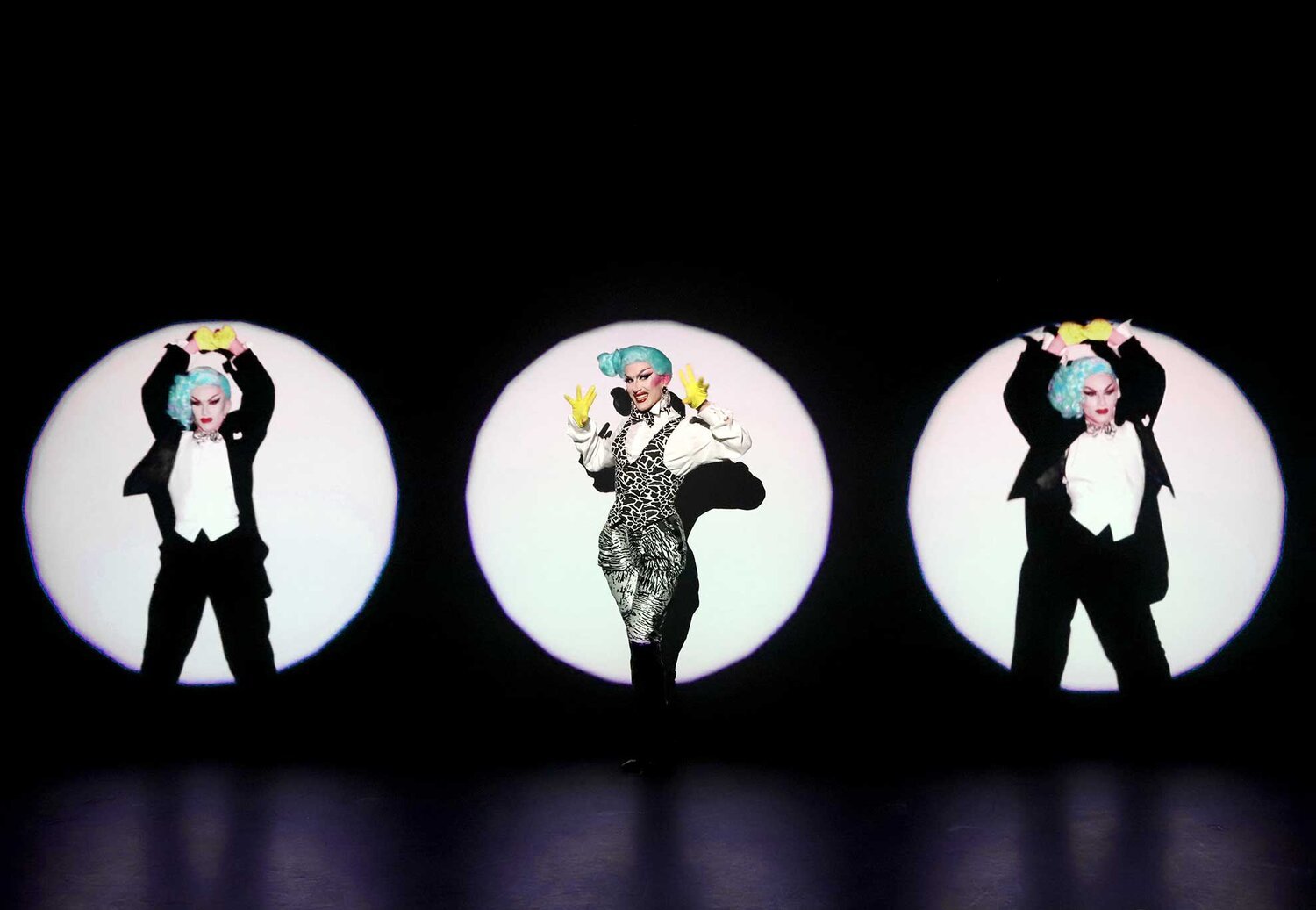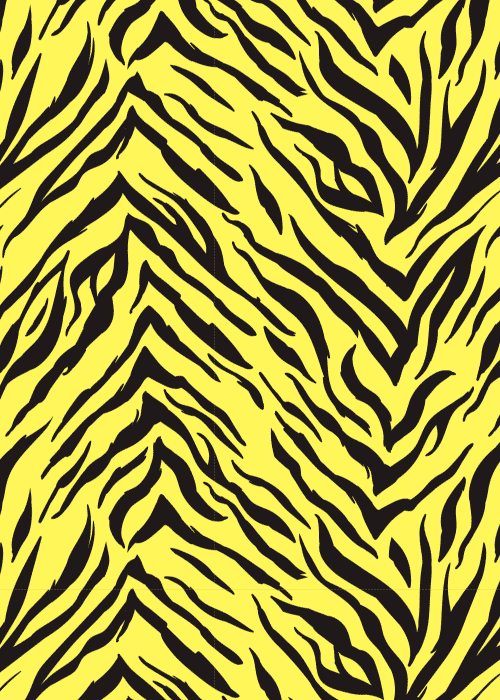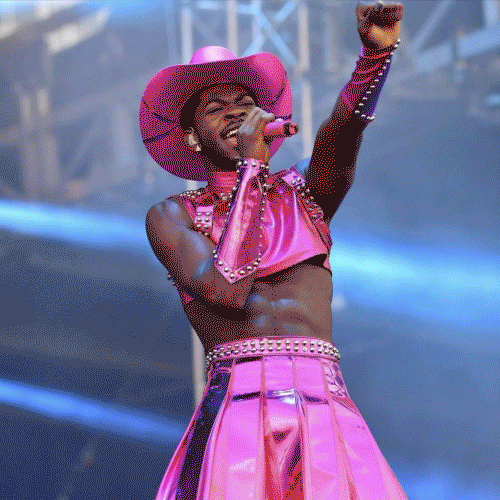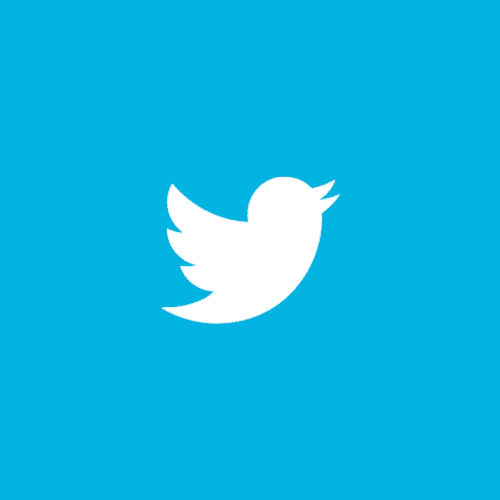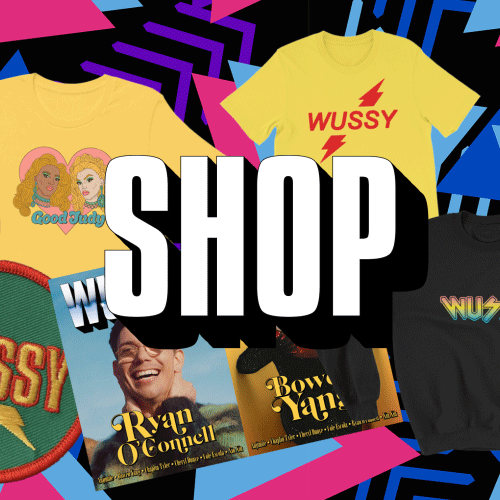Sasha Velour Pulls Back the Curtain and Reveals the Magic Behind The One-Queen Show, “Smoke & Mirrors”
Sasha Velour is no stranger to shocking and aweing audiences. The season 9 winner of RuPaul’s Drag Race set the bar for the drag competition’s future season finales with her unforgettable rendition of Whitney Huston’s “So Emotional.” Synonymous with descriptors like ‘transformative’ and ‘game-changing,’ Sasha Velour has made her mark in the drag community as a performer with an eye for detail, nuance, and surreal visuals. Sasha’s knack for creating memorable stage pictures tackles new heights in her touring one-queen drag show, Smoke & Mirrors.
Smoke & Mirrors is as much a drag show as it is a time machine, hearkening back to forgotten vaudevillian stage illusions all held together by interactive video projections and dynamic costume changes. In a lineup of thirteen self-choreographed lip sync numbers, and costumes made by Peruvian designer Diego Montoya, Sasha pulls back the curtain to reveal a carnival funhouse of technicolor characters and personas, played by herself. Some are video projections, others come and go with the change of a wig, yet all work together in tangent as a cast of topsy-turvy alter egos. These larger than life doppelgangers are more than parlor tricks to dazzle audiences but are reflections and refractions of Sasha’s drag identity. Like its namesake, Smoke & Mirrors doesn’t hide the pulleys and levers that keep the show together, but instead invites the audience to participate in an experience that blurs gender binaries and celebrates drag as modern-day illusion conjuring.
To learn the secrets behind her magic tricks, I spoke with Sasha about her creative process, the unexpected challenges and joys of making Smoke & Mirrors, and the reality bending nature of drag.
Let’s dive into the title of your show, Smoke & Mirrors. What made you decide on the title and how do you feel it encompasses the mood and visuals of the show?
For me, the title has several meanings. The phrase ‘smoke and mirrors’ refers to early film technology and the inclusion of film with performance. I love using video projections together with my drag. I think it’s the best way to integrate my visual art, experiences, and passions into a stage performance.
I also love playing with classic stage illusions and tricks, which I think is a tradition that drag is a part of, but also me wanting to pay homage to the tradition of these theatres that I’ve performed in. These theatres were known to have famous magicians, vaudeville stars, and even drag performers, who would employ costume reveals and surprises in their acts, which is what I think I’ve become known for. I like to pay homage to that tradition and think of the art of drag as illusion with a modern twist.
The title is also about taking apart and tearing down the narratives that I know people associate with me through social media and all the ways that I’ve had to hustle. In a way, let people behind the curtain, past the smoke and mirrors into a more honest discussion about who I am and what my story is.
In most cabaret style shows, a performer will change costumes for different acts, but they’re always playing themselves. Smoke & Mirrors is different because even though it’s a one-performer show, it’s filled with characters and distinct personas that you embody. Can you tell me more about the cast of characters and personas you play throughout the show?
All the characters are written for the numbers and each number is its own distinct world. That’s how I think of lip sync performances: it can’t be just an excuse for a costume, but needs to be an entire story, like a mini three-minute opera.
I do a performance to Lana Del Rey’s “High By The Beach,” [pictured above] where I am both a mustache-twirling melodramatic magician and a weeping assistant in distress. One is a video projection and the other is a real person. I have costumes and facial expressions and movements for each of these characters. And of course, I like to destroy any kind of binary that I create about myself, so at the end the two characters merge and transform into each other.
In order to create a narrative that flows, each of the characters and numbers, which is maybe thirteen or fifteen versions of myself, run chaotically throughout the show. I try to create a feel that you’re watching a huge cast production, or a review show with a bunch of illusionists, and they’re running around as things go wrong, but when the characters turn their backs, you get to see these very human moments that are also super stylized.
What would you say is your favorite number to perform?
One of my favorites numbers to perform is Irene Cara’s “Fame” [pictured below] as a bunch of Rockette dancers. I watched hours and hours of footage of the Rockettes dancing to try and nail certain poses, mannerisms, and facial expressions. That’s the one number – no spoilers – goes off the rails. I get to go from Rockette glamour to Lucille Ball melodramatic disaster. I love it, it’s one of the most fun combinations I get to do.
You have an amazing eye for visual references both in your drag and your live performances. I have to say, watching you perform is like watching a painting come to life, like something out of a David Lynch or Julie Taymour film. What visuals inspired you when you were creating the world of Smoke & Mirrors?
It makes me happy to hear you bring up Julie Taymor because I have a huge art book of Julie Taymor’s The Green Bird that I’ve had since I was a little kid. So those color palettes, the framing of the stage, that world is very much in my head.
I approach my work in the style of the people that I love. When it comes to specifically drawing inspiration, I try to cast a wider net. I’m interested in the old-fashioned tricks of making a stage picture. You know now, there’s so many shows with huge LED screens, lots of fancy visuals, lights, geysers, all kind of things. My style falls into more of a queer minimalist aesthetic.
I also look to how people design stages for old movie musicals, like looking at Judy Garland dancing in front of a painted sky backdrop in that famous performance of “Get Happy,” from the film “Summer Stock.” That to me is a compelling stage picture for me to look at and watch.
I don’t want to see a bunch of distractions because that takes away from the performance. I’m always looking for what kind of visual world highlights great performance but doesn’t hide all of the flaws.
Drag is hard by itself without video projections, dance numbers, costume changes, and thirteen lip syncs, but you do it all. What would you say has been the biggest challenge of performing Smoke & Mirrors?
I underestimated the physical challenge of doing the show (laughs). I’ve realized, that in the last couple of years, I’ve done tours where I’m only required to be on stage for give or take fifteen minutes. That to me is not a great challenge, so I was like, “I’m going to be on stage, running around and sweating, performing my heart out for two and a half hours.” To actually having to do that (laughs).
I’m in such great shape from doing the show. I keep joking I’m going to put out an eighties work out video: the Smoke & Mirrors version for the inspiring drag artist who wants to run in a corset and eight inch heels.
I will say I think a lot of the complexities I’ve added on top of the performances help me. I’m not a great dancer (laughs). I can move around. I can move with intention. But instead of say focusing on my dancing, I will focus on building this intricate movement that I share between a projection and myself.
I think about the lighting; I think about the costumes. That’s how I choose to incorporate my passion into drag because by planning out all these little details, they’re heightened during the performance. It’s really an adaptation of what I’m good at in drag instead of forcing myself into doing what other people are great at in drag that I do not have the capacity for. In other words, death drops and choreography (laughs).
What would you say has been the most rewarding aspect of the show?
The most rewarding aspect is that it turned out great. I’m so proud of the show! I was working in a bubble for a month and a half putting this together. I didn’t know if this was going to make any sense and people have responded well to it. It feels like people really understand this fever dream I’m trying to communicate by myself through the numbers and the overall message I wanted to communicate about what’s possible with drag and art.
I think that’s what makes it so exciting because I love being the right amount of vague. I want to do a show that people are talking and thinking about days later. And I’ve seen it. On Twitter, I see people engaging in discussions about the show, and it’s fun getting to talk to them and unpack it like a little mystery.
The best part by far is the artwork people have made after seeing the show. Whether it’s an actual piece of fan art from a moment in the show that stuck out for them, or if they’re like, “You know you were crazy enough to spend all your time making these thirteen numbers, here’s my artistic project I’ve been dreaming up for years.” It’s always my goal as a drag queen to inspire other people to pursue their creative best.
Smoke & Mirrors doesn’t shy away from being a drag show, but instead celebrates the art of drag. Can you tell me more about how the art of drag relates to the show’s themes of illusion, reality bending, and surrealism?
When I was putting the show together, there’s this one book about drag history I would refer to called The Changing Room. I read up on drag that had been popular throughout the early part of the twentieth century. There were a lot of drag performers touring the vaudeville circuit who would do these quick changes between many, many different characters using stage tricks. For instance, they’d be hanging up laundry, be behind a sheet, and then come out in a different costume.
It’s clear one of the ways of entertaining audiences in these huge theatres was using drag to transform someone very quickly over and over again, like a multiplicity of selves, which feels modern in a way. Especially when you think about the context of the time and what was happening. There was increasingly more mobility for people to transform themselves and see changes in their lives, instead of being trapped into one small section of society.
I love how drag makes that promise and plays with it in various ways. I feel like that relates to right now and the realities of social media: the ability to transform yourself and the chaos that can ensue.
I love discovering and exploring history behind drag because I keep hearing this narrative that the stunts and tricks that are part of drag are corrupting the artform. It’s funny reading about the history of drag, and the truth is: people have been complaining about drag being corrupted by technology from the beginning. That’s probably the oldest tradition of drag. Even lip syncing! People thought that was such a crisis that was going to destroy this fabulous art of live singing and comedy. But I think technology has only enhanced the powers of drag to be more multimedia, to comment on society about gender more deeply. I love the psychology behind all of it, and I love playing with theatrical elements because I think those can only enhance what we’re trying to do.
I would say the real tradition of drag is keeping an eye on what’s new and using it as a part of this queer artform of critique and observation.
SASHA’S FAME NUMBER
What would you say has changed the most and what has stayed the same since when you began drag to where you are now in your career?
A lot has changed, but I don’t want to over dramatize it. I think the good friends and the sophistication of drag has always been there, but now it’s so much more. When I started drag, it was barely talked about in queer spaces. I was doing drag right before RuPaul’s Drag Race and then I got to develop my drag as it became this popular artform.
Drag Race played a big role in pushing drag into the mainstream awareness again. There’s a lot more freedom for people to explore drag because there’s a lot more exposure to what the artform is. I think without seeing drag, people will have a very narrow idea of what it’s supposed to be, but as soon as they go and see a drag show, people discover that it can transcend genres and is open to all kinds of performers.
Specifically, I’ve seen drag become more inclusive. When I was starting drag in New York City, even outside of Brooklyn, you could not find a show that had a drag king or even a nonbinary performer. You see it changing constantly. It’s almost trendy now to have diverse lineups in every drag show and it’s awesome because it forces people to break outside of their comfort zone and work with artists who are dissimilar to them. I think that’s the best kind of drag community.
I hope that keeps translating into how drag is represented on television, how’s it’s described in books, and how it’s studied. I think those are the areas that we need to see changes now.
There’s an ongoing discussion in the drag community about how drag can be an extension of one’s gender identity and gender expression. Some queens have brought up how they no longer see themselves separate from their drag persona and when they perform it’s not as that character but themselves. How would you describe your relationship with your drag persona and your gender identity as someone who is genderfluid?
I still try to figure that out for myself every day. You know, I love the art of drag and the traditions. I feel that drag is very important to me, and that’s how I identify as and name my art. So, it both is and not separate from me. I think, I love presenting as high femininity on stage, and that’s why drag is such a useful category for me as a genderfluid person.
I don’t think I have a clear-cut answer for this. I’m very lucky to have been doing drag in a community that has been very inclusive of all forms of gender expression and drag. Not just the RuPaul scene, but local drag scenes, when I was starting out. There’s drag kings, trans queens, AFAB drag performers, it’s all there and drag is just a name of the space where we’re allowed to perform whatever we want as queer people and saying we are queer. We weren’t always allowed those spaces to be visibly queer and expressing ourselves.
But I think the shift we’re watching now is possible for out queer people to fit into other mainstream artforms: the world of music, the world of comedy, and so on. That can definitely be a positive shift for the world. Maybe not all performers who have been doing drag want to continue doing drag, but for me drag itself is the artform and world I want to focus on and put my heart into.
Drag is the pure possibility of clothes and performance. It can go in any gender or direction. It’s just about approaching it with that level of openness that allows for people to make that decision themselves.
Looking ahead, after Smoke & Mirrors, do you see yourself putting up another one-performer show? Maybe a sequel to Smoke & Mirrors or a completely different show?
I would want to make another one-performer show. I really enjoyed the process, and I honestly can’t wait to do it again.
I think a lot of what I’ve done around Smoke & Mirrors is teach myself, and for my partner Johnny is teaching himself, how to create a theatrical show at this level. We really haven’t that opportunity before. There’s so much you have to learn about how to do it. But I think those skills I’ve learned along the way can be used to improve the show we’ve been producing together for over four years: our drag review show, Nightgowns.
Because, ultimately, I think that the one drag show people need to see is one that includes many different forms of drag. And I try to do that myself in Smoke & Mirrors by exchanging my costumes and emotional state over and over again (laughs), but the best way to do it is with a community of performers. I miss getting to work with my drag family. It’s lonely doing the one-performer show. I think drag is meant to exist in a community.
I’ve heard there’s a TV adaptation of Nightgowns in the works. Are there any details about the show you can share with us?
Yes! So, in April, a TV adaptation of Nightgowns is coming to streaming platform called Quibi. The show will be a hybrid documentary, performance series where you see these artists’ full lip syncs as directed by Sophie Muller, who is an amazing music video director from London. It’ll be mixed in with behind the scenes stories of people’s creative processes, their lives, and their experiences in local drag. It will also be one of the first shows about drag that will not be a competition. That’s a big deal for me.
I think that will be a great kick off for Nightgowns on the heels of the Smoke & Mirrors tour. And I’m hoping that we can take Nightgowns on the road and bring it to other cities, have guest performers in other cities come and join our lineup. That’d be amazing to make that dream a reality.
You can check out more information about Smoke & Mirrors on Sasha Velour’s site, and head over to the Smoke & Mirror’s homepage to find tickets for a performance in a city near you.
This interview was edited and condensed for clarity.
—
Stevie King is a genderqueer comedian, freelance writer, and wife of seven brother-husbands. She loves spending her days sitting at home waiting for her children to call...
Archive
- September 2025
- August 2025
- May 2025
- February 2025
- November 2024
- October 2024
- September 2024
- August 2024
- July 2024
- June 2024
- May 2024
- April 2024
- October 2023
- July 2023
- June 2023
- May 2023
- April 2023
- March 2023
- February 2023
- June 2022
- April 2022
- March 2022
- January 2022
- December 2021
- October 2021
- September 2021
- August 2021
- July 2021
- June 2021
- May 2021
- April 2021
- March 2021
- February 2021
- January 2021
- December 2020
- October 2020
- September 2020
- August 2020
- July 2020
- June 2020
- May 2020
- April 2020
- March 2020
- February 2020
- January 2020
- December 2019
- November 2019
- October 2019
- September 2019
- August 2019
- July 2019
- June 2019
- May 2019
- April 2019
- March 2019
- February 2019
- January 2019
- December 2018
- November 2018
- October 2018
- September 2018
- August 2018
- July 2018
- June 2018
- May 2018
- April 2018
- March 2018
- February 2018
- January 2018
- December 2017
- November 2017
- October 2017
- September 2017
- August 2017
- July 2017
- June 2017
- May 2017
- April 2017
- March 2017
- February 2017
- January 2017
- December 2015
- November 2015
- October 2015
- September 2015
- August 2015
- July 2015
- June 2015
- May 2015
- April 2015


